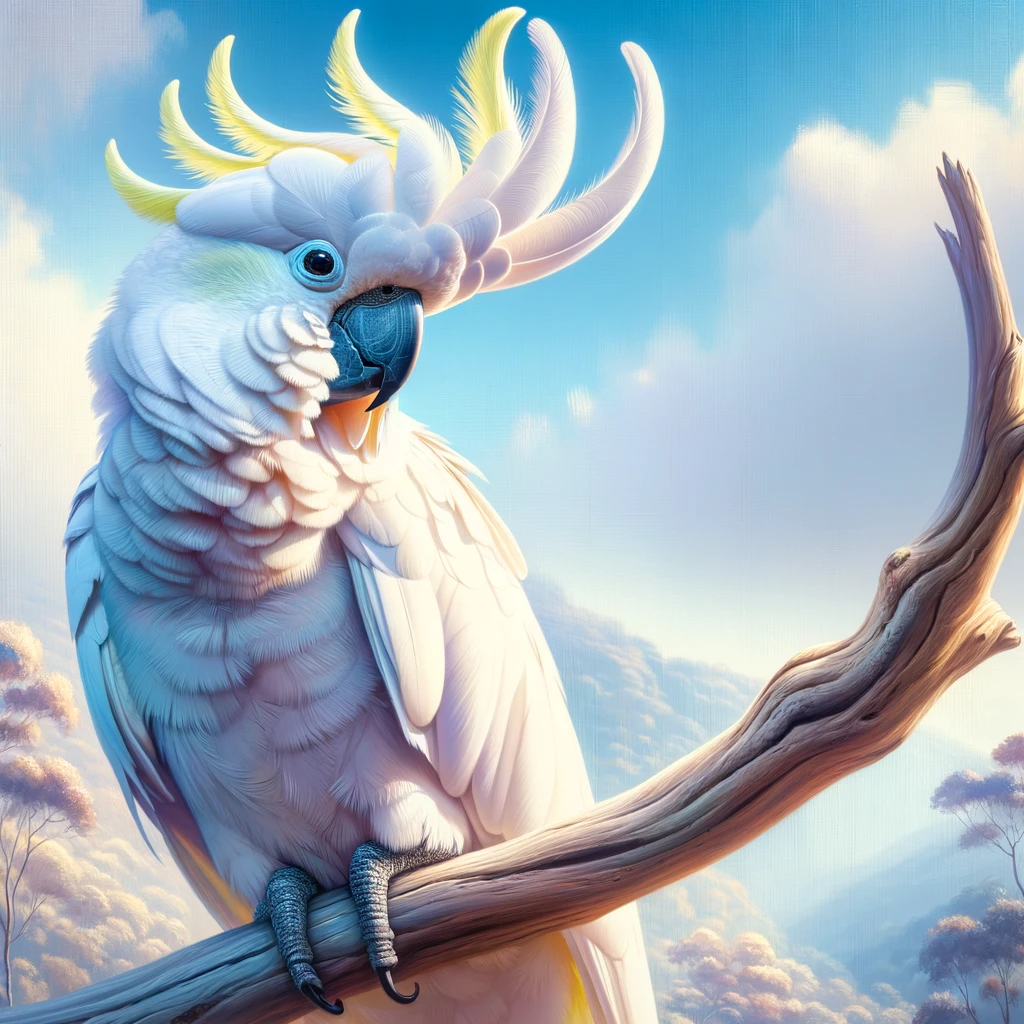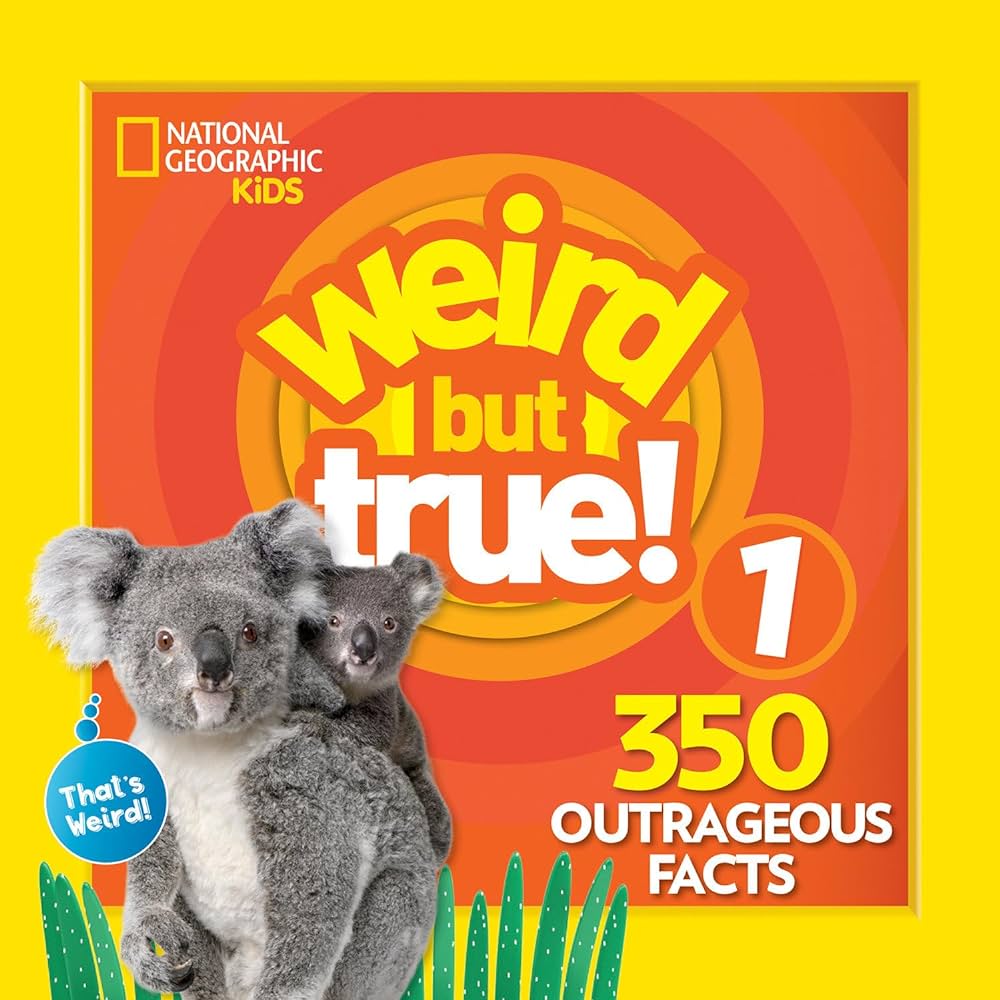Table of Contents
Dive into the enthralling world of Animals That Start With C From cheetahs to capybaras, and discover their unique characteristics and habitats.
In the vast expanse of the animal kingdom, numerous species captivate our imagination and pique our curiosity. Among these, Animals That Start With C hold a special place, showcasing the diversity and uniqueness of wildlife. From the majestic cheetah sprinting across the African savannah to the curious capybara lounging in South America’s waterways, this article delves into the fascinating world of these creatures. Let’s embark on a journey to explore some of these remarkable animals and learn about their habits, habitats, and peculiarities. Sea animals that start with c.
Cheetah (Acinonyx jubatus)Animals That Start With C

The cheetah, renowned for being the fastest land animal, can accelerate from 0 to 60 miles per hour in just a few seconds. These magnificent predators are built for speed, with lean bodies and long legs, making them exceptional hunters on the African plains. Anime that Start with c. Get More Info Animals.
Gentle Giants of South American Waterways
Capybaras (Hydrochoerus hydrochaeris) hold the title of the world’s largest rodents, a notable distinction that sparks curiosity and admiration. These gentle giants thrive in the lush, water-rich environments of South America, embodying the essence of communal living and adaptability. Capybaras are inherently social creatures, preferring to live in groups that can range from a few individuals to as many as several dozen, which serves both as a social structure and a defense mechanism against predators. Their proficiency in swimming is unparalleled; capybaras spend a significant portion of their lives in water, utilizing it not only as a refuge from predators but also as a key component of their daily activities, including feeding on aquatic plants. This harmonious relationship with water highlights their unique adaptations to their environment, making them a fascinating subject for wildlife enthusiasts and researchers alike. Anime characters that start with c.
Masters of Camouflage and Perception in the Animal Kingdom
Belonging to the Family Chamaeleonidae, chameleons are renowned for their extraordinary color-changing ability, a feature that has cemented their place as one of nature’s most intriguing species. This remarkable adaptation serves multiple purposes: it is a means of camouflage, aiding them in blending seamlessly with their environment; a method of communication with other chameleons; and a mechanism for regulating their body temperature. Beyond their color-changing prowess, chameleons possess highly specialized eyes, capable of moving independently, granting them a 360-degree panoramic view of their surroundings. This unique visual adaptation allows them to monitor predators and prey with exceptional efficiency, making them formidable hunters. The combination of their color-changing ability and specialized vision makes chameleons not only masters of disguise but also highly adept at navigating the complex ecosystems in which they live, fascinating subjects for study in the realms of biology and animal behavior. animals that start with the letter c.
Chimpanzee (Pan troglodytes):

Chimpanzees are our closest living relatives in the animal kingdom, sharing about 98% of our DNA. These intelligent primates use tools, have complex social structures, and exhibit a wide range of emotions and behaviors. Animal that starts with c.
A Detailed Insight into the Family Cacatuidae
Cockatoos, belonging to the Family Cacatuidae, are not merely birds but a symbol of charisma and vibrant energy in the avian world. These remarkable creatures are easily recognizable by their distinctive crest feathers, which they can ingeniously raise or lower to reflect their current mood or emotional state. Beyond their physical beauty, cockatoos are celebrated for their boisterous calls and impressive longevity, aspects that make them stand out in the bird kingdom. These birds are inherently social creatures, forming deep and enduring bonds with their mates, a testament to their loyalty and affectionate nature. Moreover, cockatoos possess an astonishing ability to mimic human speech, a trait that has fascinated bird enthusiasts and researchers alike. This ability not only showcases their intelligence but also their capacity to engage and interact with humans, making them a subject of interest for both avian lovers and scientific study. animals that starts with c.
Cheetahs: Embodiments of Speed and Graceful Power
The cheetah stands as a paragon of speed and agility in the animal kingdom, renowned for its breathtaking ability to accelerate from 0 to 60 miles per hour in a mere few seconds. This extraordinary capability is not just a display of raw power but a critical adaptation that positions the cheetah as a formidable predator in its natural habitat. The cheetah’s sleek body, long legs, and aerodynamically streamlined form are perfectly designed for high-speed pursuits, encapsulating a blend of grace and lethal precision. This magnificent feline embodies the essence of speed and grace, making it a captivating subject of admiration and study. The cheetah’s hunting prowess is not just a testament to its physical attributes but also to its strategic intelligence, as it navigates the wild with both speed and cunning. This combination of attributes makes the cheetah a unique and revered animal in the world of wildlife and conservation. Animals that start with a c.
Camels: Masters of Desert Survival

Camels are remarkable for their ability to thrive in harsh desert climates. With adaptations like their humps for storing fat and their ability to go for long periods without water, camels are truly masters of survival. wild animals that start with c.
Social and Amiable Rodents
Capybaras, the world’s largest rodents, are known for their social nature. Living in groups along water bodies in South America, these amiable creatures are a fascinating study of animal social structures.
Desert Navigators and Survival Specialists
Camels stand as a testament to evolutionary ingenuity, perfectly adapted to navigate and thrive in some of the planet’s most unforgiving terrains. Their distinctive humps, far from being mere water reservoirs as commonly misconceived, are rich stores of fatty tissue. This adaptation provides camels with a vital source of energy during long stretches in arid environments where food is scarce. Moreover, their ability to fluctuate body temperature and retain water by minimizing perspiration under extreme heat is nothing short of remarkable. These physiological marvels, combined with specialized eyelids and lashes that protect against sand, as well as their wide, padded feet that facilitate movement across soft sand, underscore the camel’s mastery over desert landscapes. As of the latest findings, camels continue to play an indispensable role in the livelihoods of desert communities, not only as a mode of transportation but also as a source of milk, meat, and wool, showcasing their enduring significance in human cultures.
Capybaras: The Gentle Giants of the Rodent World
Capybaras, holding the title of the world’s largest rodents, are indeed gentle giants that exhibit a complex and sociable nature. Inhabiting the wetlands and riverbanks of South America, these creatures live in groups that can number from a handful to several dozen individuals, illustrating a highly social structure. Their amicable disposition extends to a variety of other species, often seen cohabiting with birds and even monkeys. Capybaras are semi-aquatic mammals, adept swimmers using water as a refuge from predators and as a place to feed on the lush vegetation that makes up their diet. Recent observations highlight their role in their ecosystems not just as prey, but as vital components in maintaining the health and structure of aquatic habitats. Their social behaviors, from the communal care of the young to the intricate hierarchies within groups, continue to captivate researchers and wildlife enthusiasts alike.
Chameleons: The Enigmatic Color-Changers of the Reptile Realm
Chameleons, with their unparalleled color-changing abilities, remain one of the natural world’s most mesmerizing spectacles. This distinctive feature, often mistakenly attributed solely to camouflage, serves a myriad of functions, including communication, temperature regulation, and expressing physiological states. The chameleon’s color change is facilitated by specialized cells, chromatophores, that manipulate light reflection. Beyond their coloration, chameleons possess other remarkable adaptations such as their zygodactylous feet for gripping branches tightly, a prehensile tail for added stability, and a tongue that can extend twice their body length to catch prey. Recent studies continue to uncover the complexity of their visual communication, revealing a sophisticated language of color and pattern changes used to signal everything from aggression to courtship, underscoring the chameleon’s status as a creature of profound mystery and beauty.
Cockatoos: The Charismatic Conversationalists of the Avian World
Cockatoos, with their flamboyant crests and remarkable cognitive abilities, are undeniably among the avian world’s most charismatic members. Known for their capacity to mimic human speech and sounds, these birds exhibit a level of intelligence and emotional depth that is both astonishing and endearing. Their social interactions are complex, involving a range of vocalizations, body language, and even the use of tools, which have been observed in captivity. In the wild, cockatoos form strong social bonds and are known for their elaborate mating dances and rituals. Their expressiveness and ability to engage with humans have made them popular pets, though this has also led to challenges in conservation as they face threats from habitat loss and the illegal pet trade. Efforts to protect these intelligent birds are ongoing, with research and conservation programs aimed at ensuring their survival in the wild. See More Info Education.
Top Google Searches: Most Searched Topics by People
animals that start with c, animals that start with the letter c, names of animals that start with c, animes that start with c, sea animals that start with c, name of, a popular animal that starts with the letter c, an animal that starts with c, animals that start with letter c, names of animals that start with c, animes that start with c, popular animals that start with c, name a popular animal that starts with the letter c.
Final Thoughts:
The animal kingdom is replete with species that Animals That Start With C each possessing unique traits and contributing to the biodiversity of our planet. From the speed of the cheetah to the social structures of chimpanzees, these animals offer us a glimpse into the complexity and beauty of nature. As we continue to explore and learn about these captivating creatures, it’s crucial to remember the importance of conserving their habitats and ensuring their survival for future generations.
FAQs:
What makes some animals starting with ‘C’ unique?
Some animals starting with ‘C’, such as cheetahs or chimpanzees, have distinct physical features like spots or long arms. They also exhibit unique behavioral traits, like hunting skills or social structures.
How do we conserve animals starting with ‘C’?
Conserving animals starting with ‘C’ involves preserving their habitat, reducing human interference, and promoting awareness through education programs. Some organizations work towards breeding endangered species in captivity before releasing them back into the wild.
Why should people care about animals starting with ‘C’?
Animals starting with ‘C’ play important roles in ecosystems, controlling pests and maintaining balance. Additionally, they serve as indicators of environmental health, so conserving them helps maintain healthy ecosystems.



